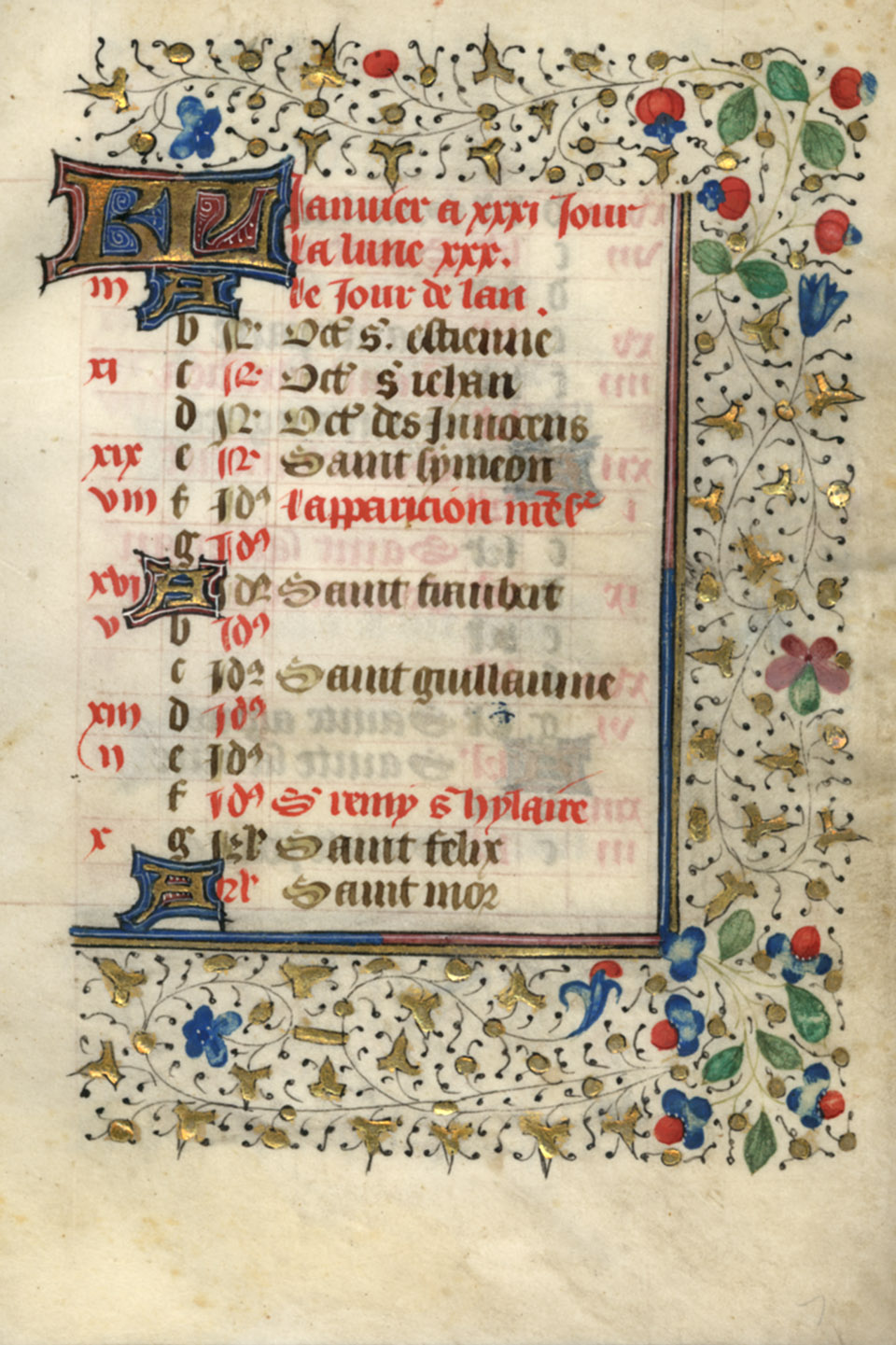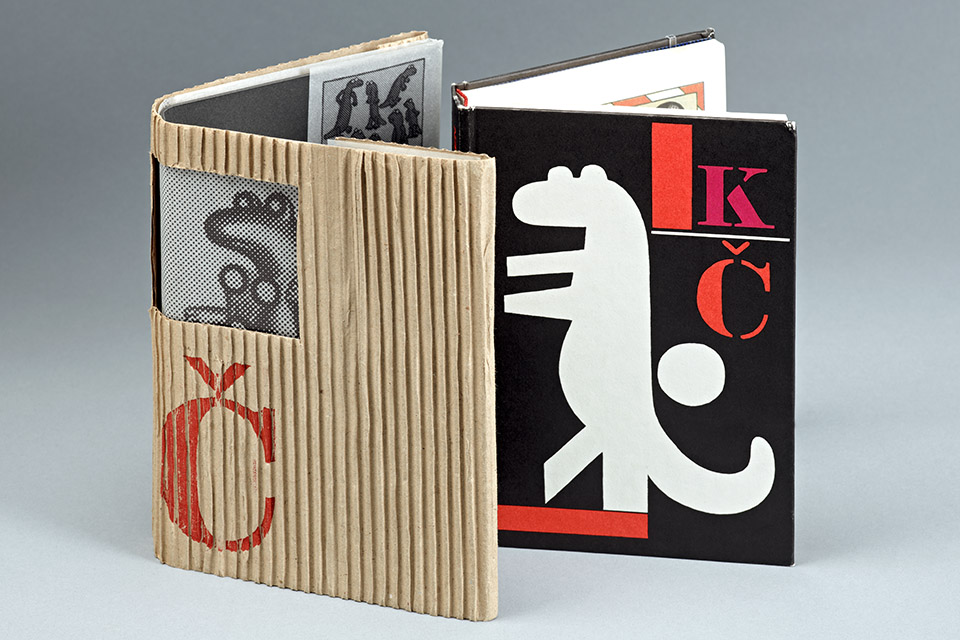Museum book collection
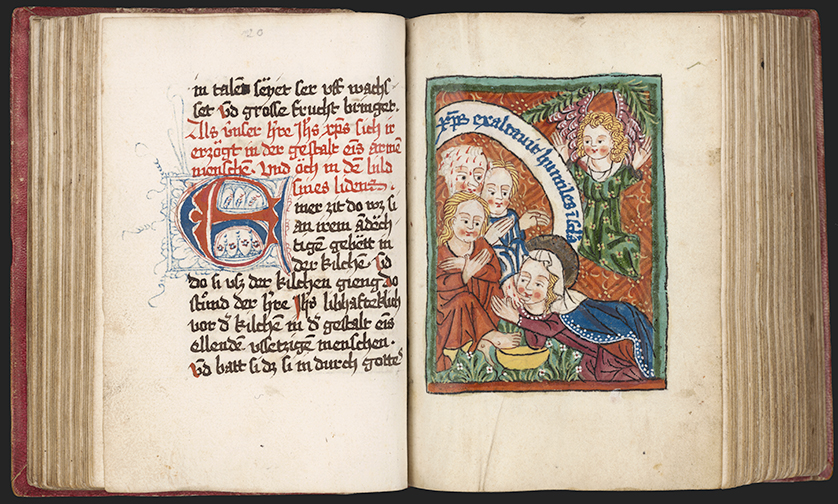
Manuscripts, incunabula, Renaissance prints, artists’ books and valuable book bindings – these special items are all part of the museum book collections held by the German Museum of Books and Writing. In 1886, the state of Saxony purchased 3,000 historic prints from Dresden-based tailor, publisher and book collector Heinrich Klemm for the newly founded museum. The Klemm Collection forms the basis of the Museum's extensive stock of books.
Klemm collection
With 67,000 prints, manuscripts and literary works on book history, the Klemm Collection is now the largest book history collection at the German Museum of Books and Writing. It includes 23,000 museum prints dating from the 15th to the 21st centuries. These museum collections include rare manuscripts, unique early prints known as incunabula, oriental works and printed art works. New works are continually being added, including foreign-language titles, original graphic portfolios, art books and one-of-a-kind books.
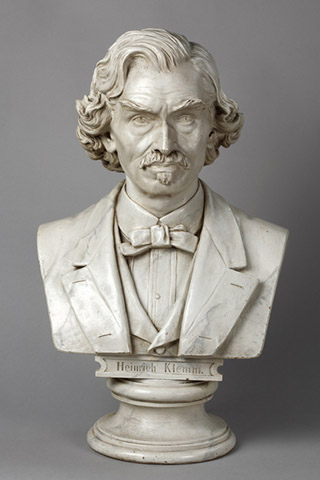 Klaus-D. Sonntag
Klaus-D. Sonntag
Heinrich Klemm (1819–1886) was a tailor in Dresden who later also became an editor and book collector. He began his publishing career with textbooks on tailoring and established the H. Klemm Verlag in 1850. This publishing company was highly successful. Klemm invested his money in a large collection of books, paying particular attention to incunabula and European first editions. In 1886, the state of Saxony purchased this collection of 3,000 books and thus laid the foundations of the German Museum of Books and Writing.
The Museum suffered severe losses during the aerial bombardments of World War II. Valuable writings and incunabula in the Klemm Collection including a 42-line Gutenberg Bible printed on parchment were then relocated to Rauenstein castle in the Ore Mountains. From here, they were taken by a Soviet military “trophy brigade” to Moscow, where they are still housed in the Russian State Library.
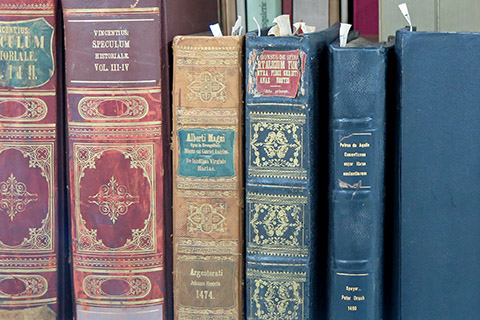 DNB, Cornelia Ranft
DNB, Cornelia Ranft
The Deutsch-Russische Bibliotheksdialog (German-Russian Library Dialogue), which was founded in 2009 and initiates joint projects on cultural heritage displaced during wartime, is devoting its attention to these artefacts.
After 1950, the remaining holdings of the Deutscher Buchgewerbeverein (German Book Trade Association) were added to the Klemm Collection. The collection is still being expanded in conformity with Heinrich Klemm’s collection criteria.
Contact: Bettina Rüdiger
Becher collection in Moscow
This collection of historic book bindings was assembled by the physician, art collector and bibliophile Karl David Becher. In 1911, the Buchgewerbemuseum (Book Trade Museum) acquired these particularly beautiful bindings to supplement the Klemm Collection. In this way, the Museum came into the possession of outstanding French and English work dating from the 17th and 18th centuries along with examples from other countries and earlier epochs.
At the end of World War II, 382 volumes were taken to Moscow by a so-called “trophy brigade” set up by the Soviet military forces. Only a few examples were left at the Museum.
Contact: Bettina Rüdiger
Art Print Collection
The Art Print Collection encompasses 45,000 items. These provide a unique insight into the history of book design during the 20th and 21st centuries.
The Deutsche Bücherei decided to build this collection at the beginning of the 20th century, inspired by the Book Art Movement taking place in Germany at that time.
From 1917, bibliophile prints, portfolios with original graphics and valuable Faksimile-editions were shelved separately. Later they were joined by the appealing Gebrauchsbücher, or books for everyday use. When the German Museum of Books and Writing was integrated into the Deutsche Bücherei in Leipzig in 1950, the Art Print Collection was assigned to the Museum. In chronological terms, it is the continuation of the Klemm Collection.
The holdings of the Art Print Collection
The Art Print Collection encompasses numerous categories. We have put several of these together for you in a catalogue search:
- Examples of German book design during the 20th/21st centuries
- Art books
- Hand-pressed works: high-quality books printed on mechanical hand presses (e.g. toggle presses, proof presses)
- Dust covers
- Approx. 5,000 art magazines
- Examples of international book art from the exhibition “Schönste Bücher aus aller Welt” (“Best Book Designs from All Over the World”)
- Stiftung Buchkunst and publications from the “Best German Book Design” competition
Stiftung Buchkunst Collection
The collections held by the German Museum of Books and Writing focus on aspects such as the book as an aesthetic design object. For this reason, the Museum has been preserving the book archive of Stiftung Buchkunst (the Book Art Foundation) and its predecessors for nearly 100 years. Prizes were first awarded for the “most beautiful books” in national and international competitions held in 1929. Today prizes are still awarded in the categories “Best German Book Designs” and “Best Book Designs from All Over the World” together with an “Incentive Award for Young Book Designers”.
All the prize-winning books are added to our museum collection. Competition criteria include the successful symbiosis of content and form as well as the processing of the materials and the production of the books. The awards are highly prestigious among publishers, writers and book designers.
The foundation is funded by the German Publishers’ and Booksellers’ Association, the German National Library, the city of Frankfurt am Main and the city of Leipzig. Its sponsors include the Federal Government Commissioner for Culture and the Media and the state of Hesse.
Library of the Börsenverein des Deutschen Buchhandels (German Publishers’ and Booksellers’ Association)
The Börsenverein's library contains printed and unprinted (e. g. handwritten) materials relating to the German publishing industry and book trade in the past and present. Nowadays, this collection pays special attention to literature on book history. Together with the historical archive, the Börsenverein’s library comprises one of the most important special collections in Germany.
Special collections
- Trade fair catalogues from Frankfurt am Main and Leipzig dating from the 16th to 19th centuries
- Around 27,000 antiquarian and auction catalogues, mostly from the post-war period
- Calligrapher’s books dating from the 16th to 19th centuries
- Print samples dating from the 17th to 19th centuries
- Format books and correction instructions dating from the 17th to 18th centuries, books on book printing dating from the 17th to 19th centuries
- Specialised directories such as the “Adressbuch des deutschen Buchhandels” (German Book Trade Directory) and the Börsenverein’s organ “Börsenblatt für den deutschen Buchhandel” – all editions since 1834
- Autographs, portraits, posters and book trade circulars
- Indexes of banned books dating from the 16th to 19th centuries
- Biographies of publishers and book dealers
- 100 journals and other periodicals
The roots of the Börsenverein’s library in Leipzig go back to the 1840s. In 1844, the Verein der Buchhändler zu Leipzig offered its specialised library to the German Book Trade Association. Along with a large number of periodicals, this collection included various archival materials of great importance to researchers, for example the Kummer Archive.
The appointment of the Leipzig book dealer and antiquarian Albrecht Kirchhoff as the first librarian in 1861 marked the start of the systematic expansion of the library, the development of a classification system and the creation of library catalogues. In 1875, Albrecht Kirchhoff donated his private book history collection to commemorate the 50th anniversary of the Börsenverein. This consisted of 1,000 works, including manuscripts, incunabula, and printed works from famous book printers dating from the 16th to 18th centuries. It also contained rare publisher’s catalogues, graphic portraits and handwritten archival materials.
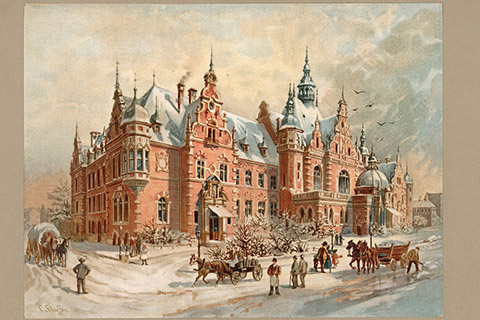
From 1888, the Börsenverein’s library was housed in the newly built Buchhändlerhaus (Book Traders’ House). In 1909, it was joined by the “Deutsche Buchhandelsarchiv” (German Book Trade Archive), set up especially for the collection of unprinted material such as handwritten notes on the economic history of the book trade. Three-quarters of the library's book history collection was destroyed when the Buchhändlerhaus was bombed in December 1943. The surviving parts of the Börsenverein’s archives are kept by the Saxon State Archive in Leipzig.
The Börsenverein des Deutschen Buchhandels (German Publishers’ and Booksellers’ Association) in Frankfurt am Main was founded after the war. In 1953, this organisation started systematically building a specialised library for the book trade.
In 1959, the Deutsche Bücherei in Leipzig took over the surviving items from the Börsenverein in Leipzig including a book collection of around 19,000 titles. The written and pictorial sources that are strictly speaking not part of the library are located in the collection of archival materials and documents relating to book history and the Graphic Collection.
In 2012, the Börsenverein in Frankfurt am Main handed over the contents of its library and historic archive to the German National Library in commemoration of the 100th anniversary of its foundation.
Contact Archive
Contact Library
Last changes:
01.11.2021
Short-URL:
https://www.dnb.de/dbsmbuchsammlungen


